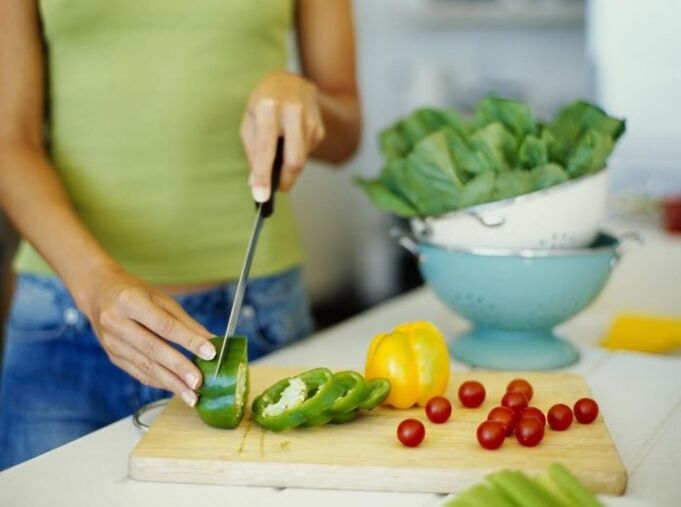
A hypoallergenic diet is recommended for all types of allergic reactions. The duration of such a therapeutic regimen is determined by the degree of the allergic process.
The main goal of a hypoallergenic diet is to eliminate the causes of the disease, that is, to identify the food products that cause rashes on the skin and eliminate their harmful effects on the body.
Classic hypoallergenic diet
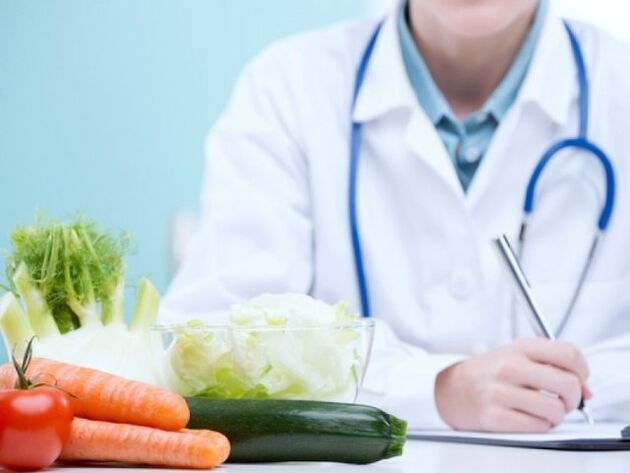
The classic diet is used during the period of manifestation of allergy. The duration of the general non-specific diet is from a few weeks to two months.
The classic hypoallergenic method is based on the rule of exclusion of products considered to be highly allergenic:
- citrus;
- dairy;
- fish;
- eggs;
- nuts;
- my dear;
- cocoa, chocolate, coffee;
- my dear;
- red fruits and vegetables, oranges.
There is a list of foods that are allowed to be eaten as part of the diet during the period of allergy manifestation. Among the permitted ingredients are various green fruits, vegetables, gluten-free cereals, dairy products.
What it is?
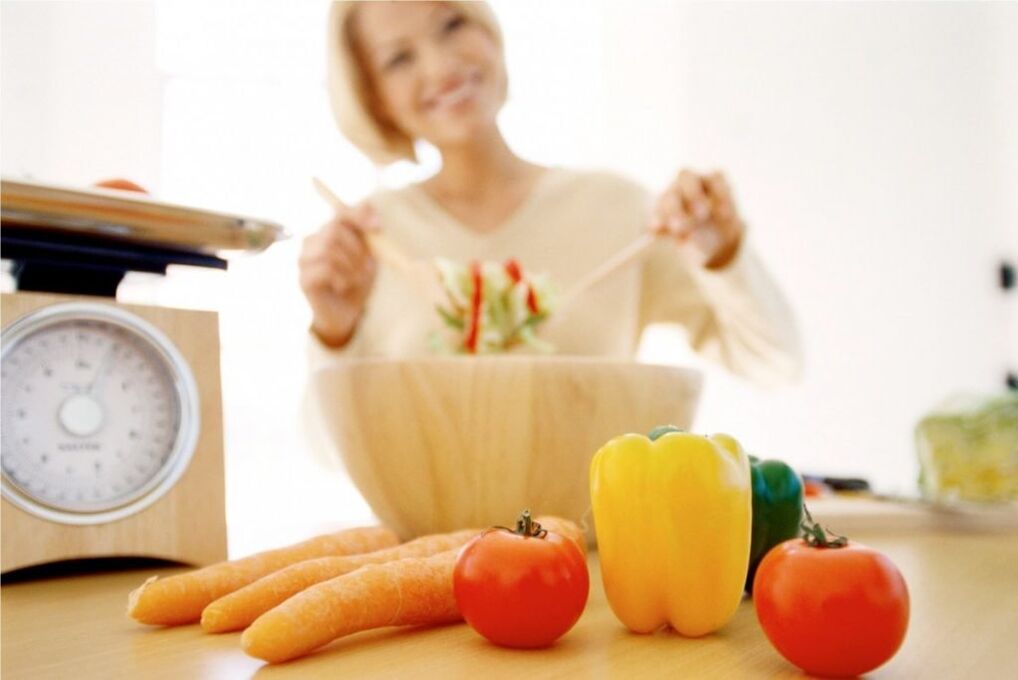
The use of a hypoallergenic diet consists ofin the rejection of certain products causing allergiesin humans. An allergy can be caused by a substance in one or more foods.
We must gradually abandon the products. This hypoallergenic way of using food makes it possible to identify the product causing the allergy.
If the cause of the allergy is a substance present in more than one food, it will be difficult to identify it through the use of a special diet.
Grocery list
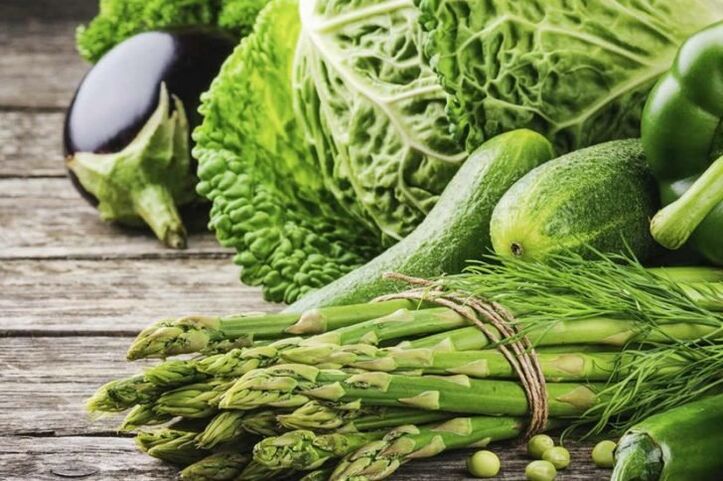
There is a classification of hypoallergenic products according to the degree of reaction of the organism. It is applicable for children and adults with allergic reactions.
List of foods for a hypoallergenic diet:
- products of the group of fermented milk (kefir, baked fermented milk, cottage cheese);
- lean meats (poultry, beef);
- organ meats can be included in foods (liver, tongue, kidneys);
- certain varieties of low-fat fishery products (cod, sea bass);
- barley, semolina, rice, oatmeal are used in cereal recipes;
- it is allowed to use sunflower, olive, butter;
- the list of vegetables in the diet consists of cucumbers, zucchini, rutabagas, squash, cabbage of various varieties); green salad, dill, parsley, spinach;
- from fruits and berries, green apples, pears, currants and white cherries, gooseberries can be included in the diet;
- dried fruits are represented by a list of apples, pears, prunes;
- the menu includes applesauce and pear compotes, weak tea, still mineral water.
Foods that can cause mild to moderate allergies are used in the diet as part of a hypoallergenic diet.
The gradual elimination of food allows you to get rid of allergies, if the result was not achieved by the refusal of highly allergenic components from the menu:
- cereals (wheat, rye);
- buckwheat;
- corn grits;
- pork, lamb;
- from vegetables Bulgarian pepper, legumes, potatoes;
- fruit peaches, apricots, currants, cranberries, cranberries, watermelon, bananas;
- infusions, decoctions of herbs.
The list of products that cannot be used with a hypoallergenic diet, which are excluded from the outset when developing the menu:
- whole milk and dairy products;
- cheese;
- eggs;
- fish caviar, fish, seafood;
- smoked, salted, marinated products;
- citrus, fruit, colored red, orange;
- from dried fruits: dried apricots, dates, raisins, figs;
- spices;
- from vegetables: tomatoes, red peppers, pumpkin, beets, eggplants, carrots, sorrel, celery;
- mushrooms;
- my dear;
- nuts;
- chocolate confectionery, caramel;
- juice, jelly, carbonated drinks;
- coffee, cocoa;
- products containing food components of non-vegetable origin.
If the rejection of products belonging to one of the groups with a moderate or severe allergic reaction did not give a result, you should consult a doctor to identify the features of the human body.
Diet and menu of the week
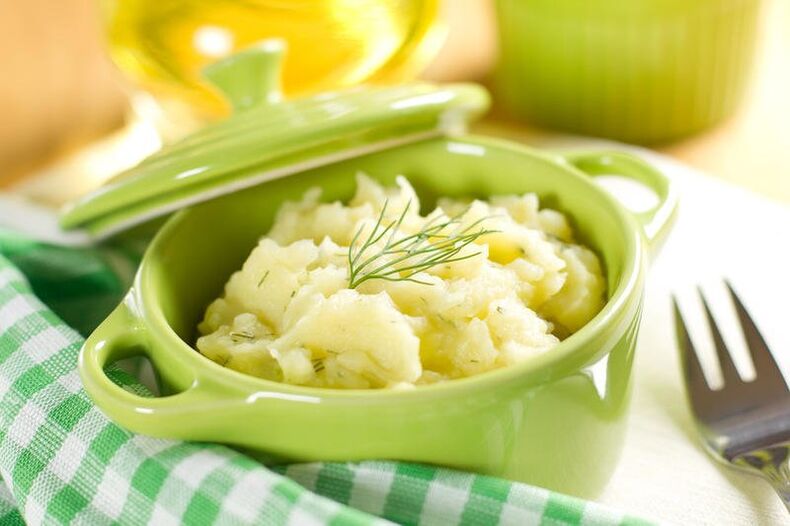
A list of foods that should not cause an allergic reaction helps create a menu for a week for a hypoallergenic diet. To make life easier during the diet period, a pre-compiled menu, with a list of dishes for each day, helps.
In the sample menu of a week, the rules of a hypoallergenic technique are applied, based on the use of products less likely to cause allergies.
The hypoallergenic diet consists of the dishes presented on the menu of the week:
First day
- For breakfast, it is useful for children and adults to serve oatmeal porridge with added fruits, allowed hypoallergenic rules, tea.
- At noon, the menu includes cabbage soup, boiled beef tenderloin, apple jelly.
- Dinner of porridge cooked in rice, steamed cutlet, 0-1% kefir.
Second day
- The first meal is represented by a cheese sandwich, plain yogurt, tea.
- Lunch of lean soup, compote.
- For dinner, the menu offers boiled potatoes, beef goulash, fruit.
Third day
- Breakfast of pasta, tea, fruit.
- For lunch, a vegetable and meat soup, compote is served.
- In the evening, you can eat boiled fish, fruit, drink tea.
Fourth day
- For breakfast, cornmeal porridge, fruit salad, tea.
- The lunch menu consists of borscht in broth cooked from vegetables, steamed cutlets and compote.
- For dinner, you can serve porridge with meat, vegetable stew, tea.
The fifth day
- Breakfast with millet porridge, tea.
- At noon, the menu offers vegetable and beef soup, fruit, kefir.
- In the evening, porridge with meat, vegetables, jelly.
Sixth day
- For breakfast, you can eat a sandwich with boiled meat, fruit, tea.
- At noon, meat soup, fruits, compote are served.
- Dinner on the menu includes porridge, chopped coleslaw salad with herbs, kefir.
Seventh day
- The first meal on the menu for a child and an adult consists of a casserole with cottage cheese or fresh cottage cheese with sour cream depending on taste preferences, tea.
- For lunch, you can eat lean soup, steamed cutlet, compote.
- In the evening, the menu includes porridge, boiled meat, fruit, yogurt without additives.
To compose the menu, a general diet is used according to a hypoallergenic method called "table 5".
Receipts
Hypoallergenic diet recipes
Baked apple recipe:
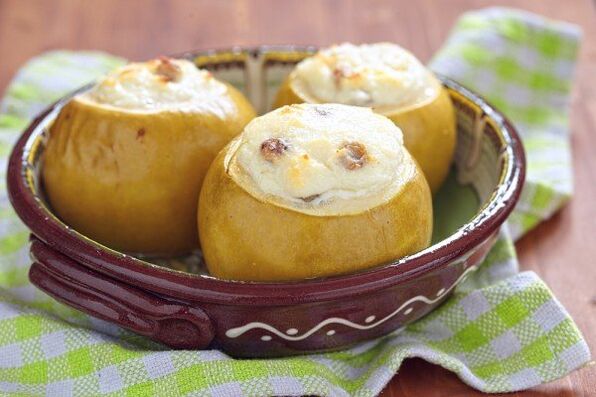
- green apple;
- 200g of cottage cheese;
- sugar to taste.
Grind the apple pulp, removing the core first. The shape of the apple must be preserved. Mix with cottage cheese and sugar. Place the apple-curd mixture in the apple left after cutting the pulp and core. Bake at 180 degrees for 20 minutes.
For lunch, a healthy hypoallergenic soup recipe is suitable:
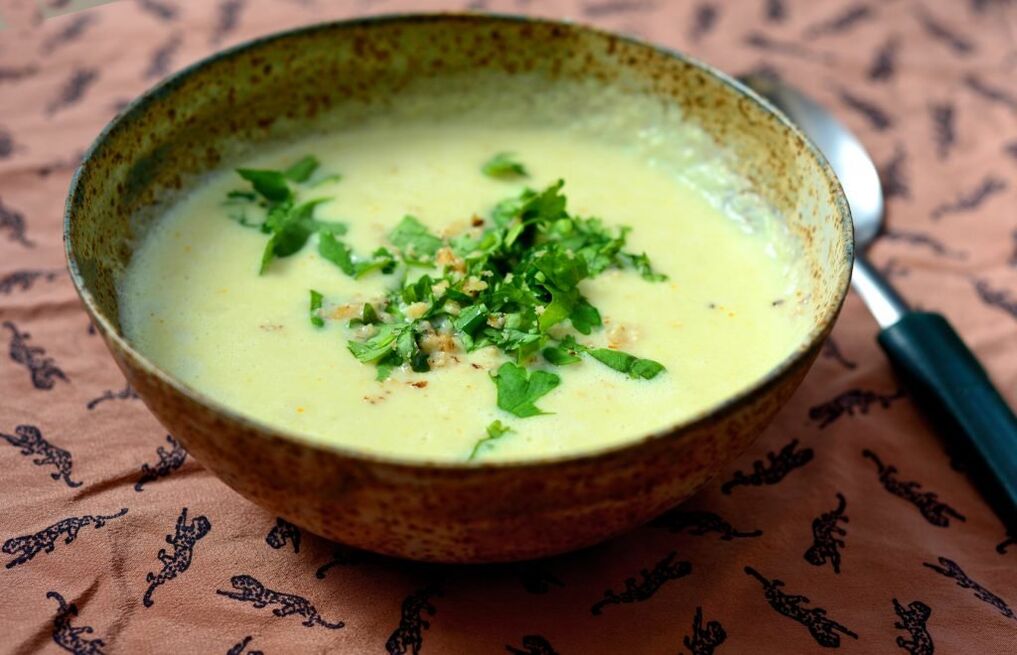
- cauliflower 0. 3 kg;
- hercules 50g;
- water 1l;
- two quail eggs;
- diluted milk mixture 100g;
- Butter.
Boil the cauliflower, rub the vegetable until mashed. Cook the oatmeal in the vegetable broth for 10 minutes. Pour in the cabbage puree and the two eggs. The diluted mixture and butter are added after boiling.
As a main course of the general non-specific hypoallergenic menu, it is useful to eat turkey meat with buckwheat. The recipe consists of products in proportion, depending on personal preferences:
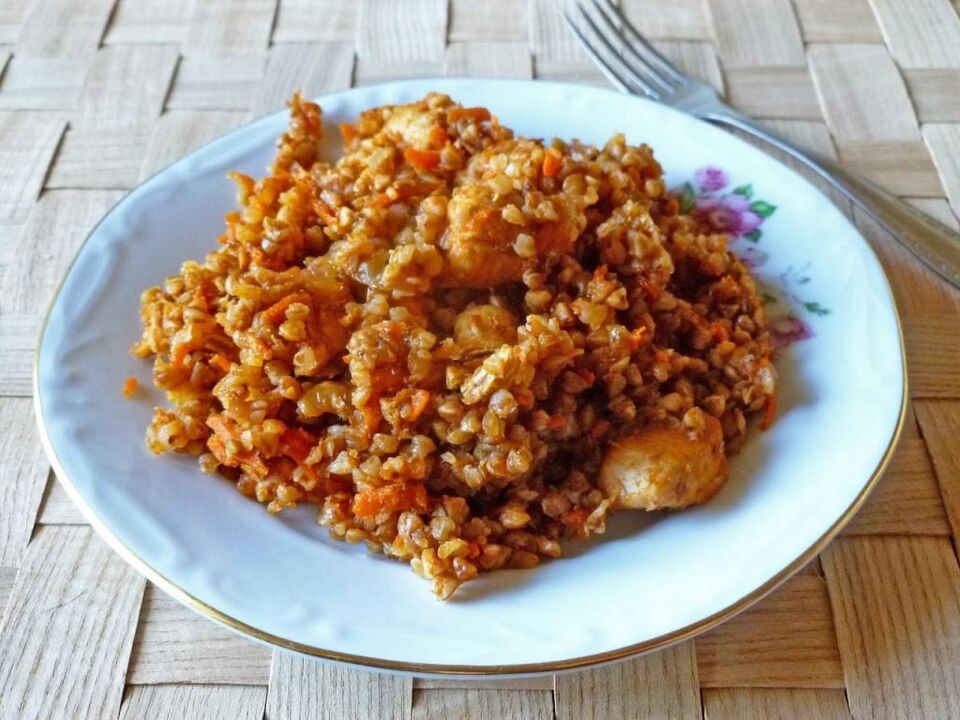
- turkey fillet;
- buckwheat;
- onion.
Leave the buckwheat in boiling water for an hour. Boil the turkey fillet, fry the prepared meat with onions. Mix the buckwheat with the meat mixture.
Vegetable Casserole Dinner:
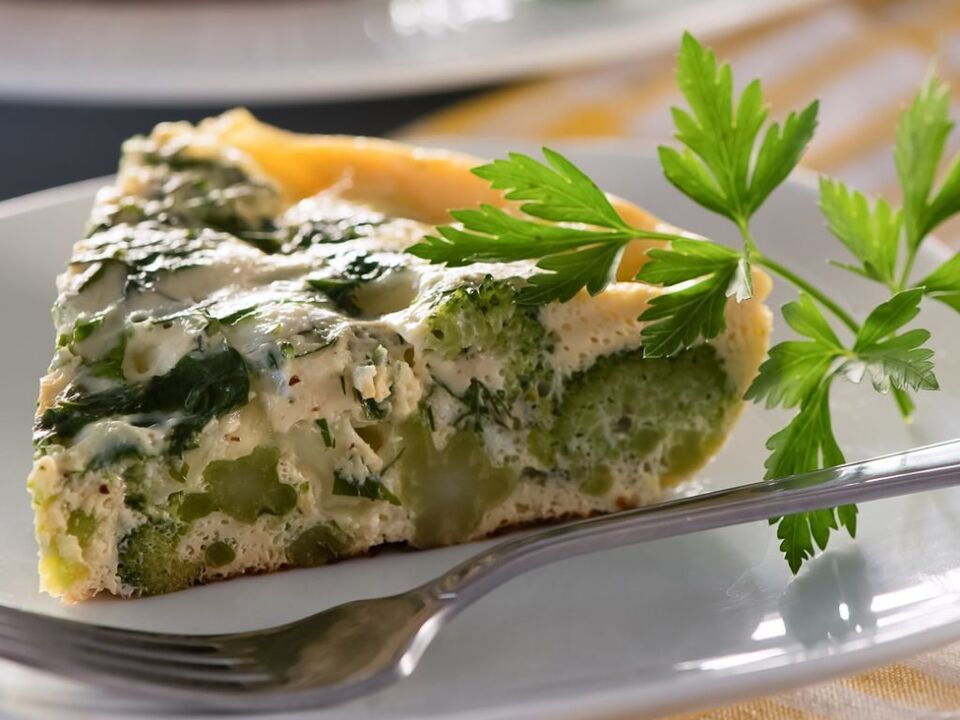
- 3-4 potatoes;
- broccoli 300g;
- cheese.
The volumes of the components of the recipe can be changed according to taste preferences. Put potatoes in thin slices on the bottom of the mold, the next layer is broccoli, sprinkle with cheese. Bake at 180 degrees for 40 minutes.
For dessert, as part of a hypoallergenic diet, you can offer a diet cake recipe.
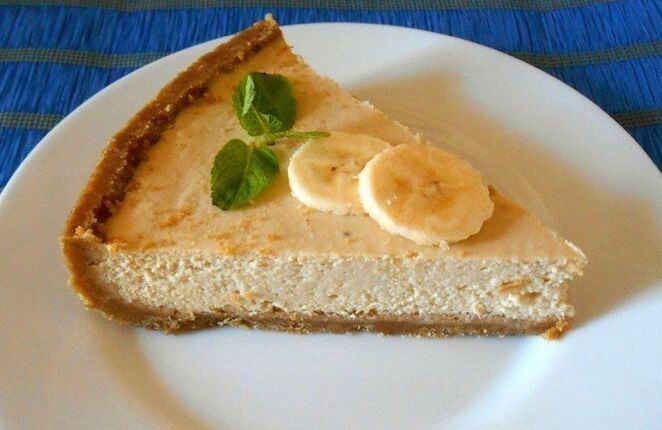
For the cake, we use ingredients that do not require baking:
- savory cookies;
- Cottage cheese;
- fruit puree (for example, applesauce);
- bananas.
Spread the cookies, cottage cheese and mashed fruit mixture in a blender and add the banana slices.
Feature of a hypoallergenic diet for children

Due to the peculiarities of the organism of children, the hypoallergenic technique has a number of nuances.
The diet of children takes into account the restrictions on the foods most likely to cause allergies:
- egg (mostly yellow);
- milk cow);
- confectionery products made from chocolate, cocoa;
- fishery products;
- gluten;
- red fruits and vegetables;
- proteins found in rice, oats, wheat, bananas.
It is advisable to exclude from the menu products that are not natural for the region in which the child lives. Children's doctor says avoiding exotic foods in the diet helps solve the problem of allergies in children.
Diet rules for a nursing mother

A hypoallergenic diet for a nursing mother is the basis of nutrition while breastfeeding. The fact is that in the first years of life a baby can develop an allergy to any food, therefore nutrition should be strict, with the gradual introduction of new foods in very small amounts.
The need to use a diet according to hypoallergenic rules may arise when:
- the presence of allergies to various components of the diet of a nursing mother;
- the onset of an allergic reaction in children who feed on the breast milk of a nursing mother.
Nutrition for atopic dermatitis
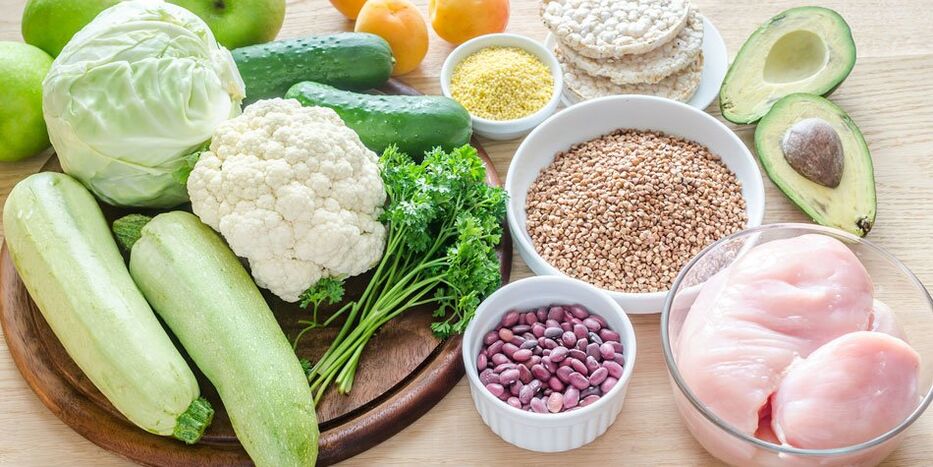
The presence of symptoms of atopic dermatitis is the basis of compliance with hypoallergenic dietary rules.
Before starting a diet with atopic dermatitis, you should:
- perform an analysis to identify the source of atopic dermatitis;
- completely exclude the component from the diet if it is a source of dermatitis;
- With a hypoallergenic diet, you need to divide the food into 5-6 servings per day.
For atopic dermatitis, the following list of products is allowed:
- dairy products;
- gluten-free cereals (buckwheat, rice, corn);
- green apples, preferably baked;
- dill, parsley;
- soaked boiled potatoes;
- black bread.
It is desirable to exclude:
- Egg yolk;
- my dear;
- coffee, cocoa, chocolate;
- nuts;
- mustard;
- mushrooms;
- Garlic;
- red and orange fruits, vegetables.
- fish and seafood.
As the symptoms of dermatitis subside, there is a gradual introduction of one of the excluded hypoallergenic products.































